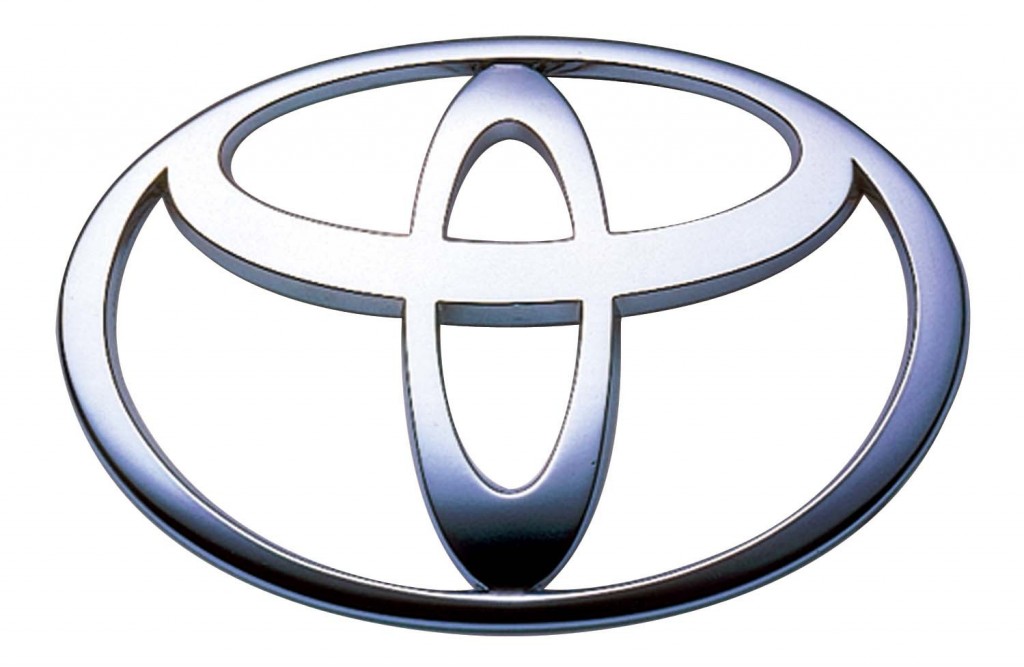* Five world premieres at Tokyo Motor Show **
Toyota Motor Corporation will present its latest hydrogen-powered fuel-cell vehicle (FCV) and four other world-premiere concepts at this month’s Tokyo Motor Show. The show was an excellent chance to assess the new developments in the car market.
The FCV Concept – with a driving range and refuelling time equivalent to a conventional car – points to a production vehicle Toyota plans to launch around 2015.
It will share the Tokyo limelight with Toyota’s FV2 (Fun Vehicle 2), a vehicle that connects physically and emotionally with the driver – even to the extent of being able to determine the driver’s mood and driving skill.
Toyota will also unveil three cars targeted at the Japanese market – a next-generation taxi concept and two next-generation seven-seat minivans – one petrol and one hybrid.
Among Toyota’s hero cars at the motor show – which begins on November 22 – is the first right-hand-drive FT86 Open concept based on the 86 sports car, featuring a new “Flash Red” body colour.
Toyota said the world premiere concept vehicles convey Toyota’s vision of a future mobility society that values the joy of driving.
It said the vehicles embody Toyota’s efforts to contribute positively to society while creating ever-better cars that exceed expectations.
Toyota FCV concept
The fuel-cell concept vehicle, which can accommodate up to four occupants, has a driving range of at least 500km and can be refuelled in as little as three minutes.
It uses Toyota’s proprietary small, lightweight fuel-cell stack and two 70MPa (MegaPascal) high-pressure hydrogen tanks.
The fuel-cell stack has a power density of 3kW per litre, more than twice that of Toyota’s previous development vehicle which was based on a Kluger, and offers output of at least 100kW.
In addition, the system is equipped with Toyota’s high-efficiency boost converter. Increasing the voltage has made it possible to reduce the size of the motor and the number of fuel cells, leading to a smaller system offering enhanced performance at reduced cost.
Fully fuelled, the vehicle can provide enough electricity to meet the daily needs of an average Japanese house (10kWh) for more than a week, making it a good car of choice for purchase in its homeland.
The vehicle’s exterior design was intended to convey the key characteristics of a fuel-cell vehicle: converting air into water as the system produces electricity, and the powerful acceleration enabled by the electric drive motor.
The bold front view features pronounced air intakes while the sleek side view has a “flowing liquid” door profile and wave-motif fuel cap. The rear was inspired by the stern of a catamaran.



